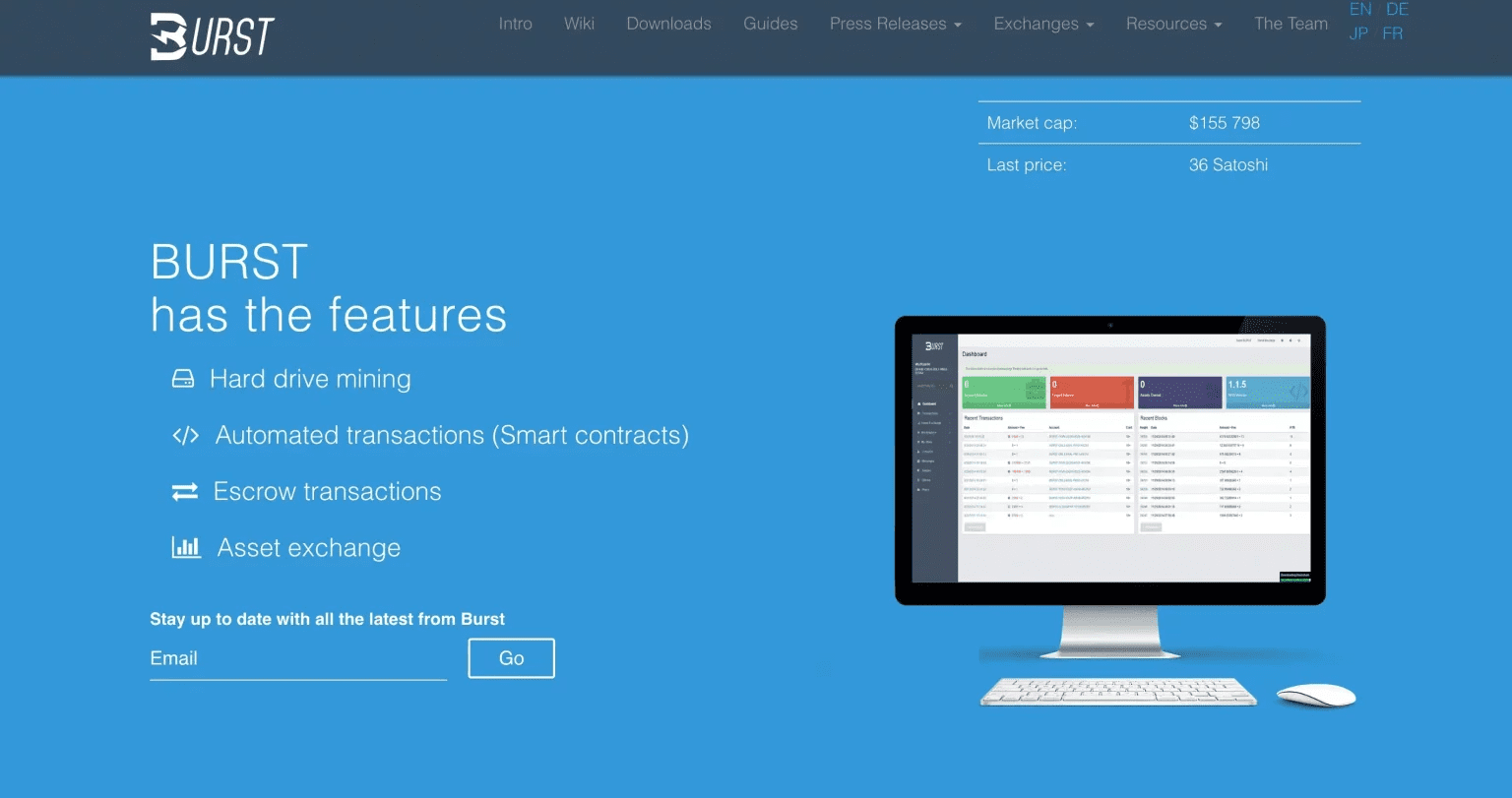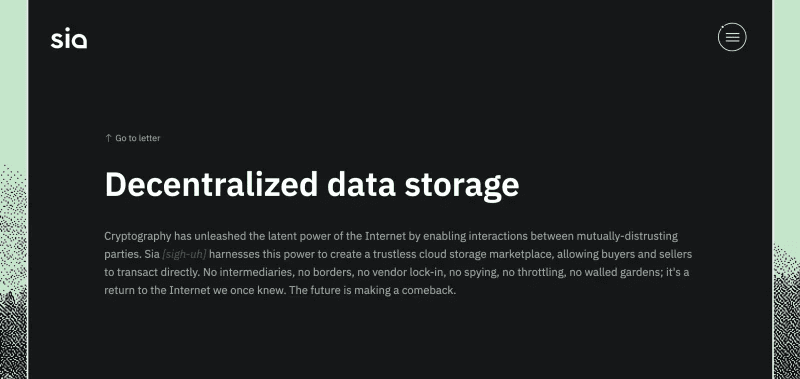In recent years, cryptocurrency mining has had a significant impact on the environment, particularly concerning the carbon footprint and excessive electricity waste. However, this is a matter that cannot be overlooked. Instead, the cryptocurrency mining community should explore alternative methods to address these pressing issues. While Ethereum’s transition from Proof of Work (PoW) to Proof of Stake (PoS) is a promising step, another solution gaining attention is hard drive mining.
Today’s article will delve into the concept of hard drive mining, explaining how it works and outlining the processes involved in creating new cryptocurrencies through this innovative approach. To comprehend the broader implications, it’s essential to start with the basics and gain a better understanding of what cryptocurrency mining entails.
What is Cryptocurrency Mining?
Cryptocurrency mining is a process that revolves around solving mathematical puzzles using computational power or dedicated mining machines. These puzzles are essentially alphanumeric strings of characters associated with a blockchain block. In essence, cryptocurrency mining involves validating transactions within a blockchain, leading to the creation of new digital coins. Typically, this process requires the use of mining machines in conjunction with decentralized networks of computers worldwide, collectively referred to as distributed ledgers.
For those seeking a more comprehensive beginner’s guide to cryptocurrency mining, we’ve got you covered!
How Does Mining Cryptocurrency Work?
You may wonder what motivates miners to participate in this process. Miners are incentivized with new coins upon successfully validating a block, commonly referred to as the network fee or block reward. This process can be distilled into two key points:
- Miners play a crucial role in upholding the integrity of blockchains by validating transactions.
- In return, they receive cryptocurrency as an incentive to secure the blockchain.
While cryptocurrency mining might sound straightforward in theory, practical mining involves numerous factors. These include hash power, mining difficulty, block rewards, storage devices, and the specific digital currency being mined.
For instance, Bitcoin mining can be pursued through three primary methods: joining mining pools to combine resources with others, engaging in individual mining that requires technical equipment and processing power, or opting for cloud mining without the need to own mining equipment.
In recent years, traditional mining farms have garnered attention for their adverse environmental impact. Notably, Bitcoin mining, which relies on the energy-intensive Proof of Work (PoW) algorithm, contributes to an unsustainable carbon footprint.
Conversely, Ethereum’s transition to Proof of Stake (PoS) in 2022 represents a more secure and energy-efficient approach to transaction validation and adding new blocks to the blockchain network. This transition offers hope for a more sustainable future in cryptocurrency mining.
Crypto Mining Protocols
A blockchain protocol, also known as a consensus method, dictates how consensus is achieved and transactions are validated within a blockchain network. Various protocols exist, with some requiring physical mining equipment, while others only necessitate holding coins in an active wallet. The three primary mining protocols include:
Proof of Work (PoW):
This protocol, used by Bitcoin, demands significant mining power to solve complex algorithms. Depending on the network’s mining difficulty, miners must set up physical hardware rigs, often utilizing ASIC miners or graphics cards.
Proof of Stake (PoS):
PoS eliminates the need for physical hardware and generates new coins through staking. In this process, network users hold their coins and leave their computers running to earn staking rewards, which involve minimal computing power.
Proof of Capacity (PoC):
PoC is a consensus algorithm that leverages hard drives and storage devices to validate transactions, making it particularly relevant to hard drive mining. It involves storing all possible combinations on mining storage devices, even before the mining process commences.
This mining system comprises two key phases: plotting and mining. Plotting involves generating a random solution, or plot, using the Shabal cryptographic algorithm, which is then stored on the miner’s hard drive. Mining entails miners competing to discover the solution, with the first successful miner earning the right to mine the next block. As part of this proof system, miners allocate free disk space to create new mining blocks and receive mining rewards.
Proof of Space (PoS):
Also known as proof of storage, PoS utilizes free disk space, similar to PoC. However, this protocol focuses on creating decentralized cloud storage instead of generating new data blocks. In this system, users rent their HDD space to others, and disk space owners can mine cryptocurrency by leveraging the blockchain’s resources. Unlike PoC blockchains, PoS blockchains reward cryptocurrency mining through monthly payments received from space rental services.
While numerous other mining protocols exist, we’ve highlighted the most prominent ones and those most relevant to our guide.
What Is Hard Drive Mining?
Hard drive mining is a method of generating cryptocurrency by utilizing the storage space of hard disk drives. HDD miners do not require graphics processing units (GPUs) or ASIC miners, as seen in traditional mining farms, to create new blocks in the distributed ledger. Instead, this approach harnesses sets of hard disk drives and unused storage space, a concept known as proof of capacity.
Practically any device with abundant storage space can be employed in HDD mining, as it demands less computational power than the Proof of Work, resulting in long-term energy savings. New data blocks are generated as miners utilize their hard disks in the distributed ledger and receive rewards accordingly.
How Does Hard Drive Mining Work?
Regarding setup and maintenance, HDD mining rigs operate based on different principles compared to traditional mining farms. To establish an HDD farm, you’ll need a couple of hard disks, a computer with a display monitor, and input devices such as a keyboard and mouse.
What sets this cryptocurrency mining method apart is its independence from powerful GPUs or central processing units (CPUs). The key features of the hard drives that influence mining outcomes are their capacity and performance. If you opt to use separate graphics processing units, you can also leverage a motherboard or CPU built-in GPU in conjunction with your hard disk for mining.
Plotting
Plotting is a critical aspect of hard disk drive (HDD) mining. Plotting involves creating pre-generated data blocks, known as plots, on the hard drive. These plots contain information for mining digital assets like cryptocurrencies. The plots are generated using specific plotting software that utilizes the available storage space on the HDD.
Setting the Reward Recipient
After pre-generating the plots, you must designate who will receive the reward for creating new data blocks. When solo mining, you are the recipient of the reward. If you mine using a pool, the reward beneficiary is the pool’s wallet address.
Mining
After generating and saving your plots on your hard disk drive, you can initiate your mining software. The software will analyze your data and calculate the required time to generate the current data block. When the system determines a deadline, your HDD remains idle until the next block generation.
The significant advantage of hard drive mining is that your HDD remains mostly idle, as the number of blocks remains consistent, and each block’s analysis takes only a few seconds.
Advantages and Disadvantages of Hard Drive Mining
While hard drive mining simplifies the process and reduces electricity waste, there’s uncertainty regarding its future. Although its advantages are evident, we must consider the evolving landscape.
Any device with unused hard drive space can be utilized, making it energy-efficient and requiring less computational power compared to PoW. However, the adoption of hard drive mining is dwindling in the crypto market, leading to reduced profitability and explaining the reluctance of crypto miners to embrace it.
While hard drive mining presents both advantages and disadvantages, it’s wise to await broader adoption of this consensus algorithm by more cryptocurrencies. As it expands to encompass additional users and blockchain networks, we can gain a better understanding of the benefits and drawbacks of hard drive mining.
Advantages of Hard Drive Mining
- No need to invest in costly motherboards with numerous PCI slots.
- Eliminates the necessity for expensive GPUs or ASICs.
- Simplified software installation and configuration.
- Bypasses the complex hardware setup process.
- HDDs consume less energy for processing new blocks compared to other mining hardware.
- Reduced heat production, eliminating the need for additional cooling devices to maintain equipment temperature.
Disadvantages of Hard Drive Mining:
- Locating second-hand hard disk drives can be challenging.
- HDDs have a limited lifecycle of around 10,000 hours.
- The mining process is slower compared to GPU mining for acquiring the same amount of coins.
- Fewer coins are mined compared to GPU mining.
Why Not Use SSD?
It might be tempting to consider solid-state drives (SSDs) to expedite the data block generation process. However, the storage device’s performance does not impact the rewards in hard drive mining. SSDs might accelerate the initial plotting process, but the mining process remains unchanged. Additionally, SSDs have a shorter service life compared to hard disk drives and higher cost per gigabyte.
Hard Disk Mining Coins
Several cryptocurrencies can be mined with hard drives. However, it’s essential to note that the availability and profitability of hard disk mining coins can fluctuate over time. Therefore, staying updated on the latest developments in the cryptocurrency space is crucial before embarking on mining activities. In the following paragraphs, we will showcase some HDD-mined cryptocurrencies.
Burstcoin

Burst is considered the proof-of-capacity crypto pioneer, which can be mined using a set of high-capacity HDDs. Higher performance in mining can be achieved by employing a greater number of HDDs, resulting in increased mining rewards.
The Burstcoin network facilitates easy interaction between individuals and businesses, promoting seamless communication and enabling various business transactions, including contract signing. This decentralized and open-source platform grants users convenient access to the necessary services, thus fostering a more accessible and interconnected ecosystem.
Sia

Sia is a blockchain-based cloud storage platform that offers services similar to those provided by Dropbox, Amazon, Apple, and Microsoft cloud storage solutions. Sia users can rent out their available HDD space to other users, and the files they store are encrypted within the system. Smart contracts and proof-of-storage algorithms validate Sia transactions, ensuring file authenticity.
The Sia network boasts the advantage of lower costs compared to centralized cloud storage services. This translates to more accessible and cost-effective decentralized storage solutions. Users maintain complete control over their private keys, guaranteeing ownership of their funds. Furthermore, the Sia blockchain network adds an extra layer of security by preventing external entities from accessing users’ data.
Chia Farming

Chia is a decentralized cryptocurrency that introduced a unique mining process called farming. Unlike traditional proof-of-work (PoW) mining, Chia farming involves dedicating storage plots, often referred to as “chia plots,” on your device, rather than relying on computing power.
The Chia network features a distinct block reward structure designed to decrease every three years during the initial 12 years. Subsequently, the Chia block reward remains static indefinitely, promoting sustainability and predictability within the network.
Conclusion
In conclusion, the adoption of alternative mining methods, such as hard drive mining, will largely depend on the requirements and preferences of various blockchain companies.
By embracing various mining techniques, the cryptocurrency ecosystem can continue to evolve and adapt to the ever-changing landscape. We hope the information shared in this guide will be valuable to those exploring alternative mining options.


